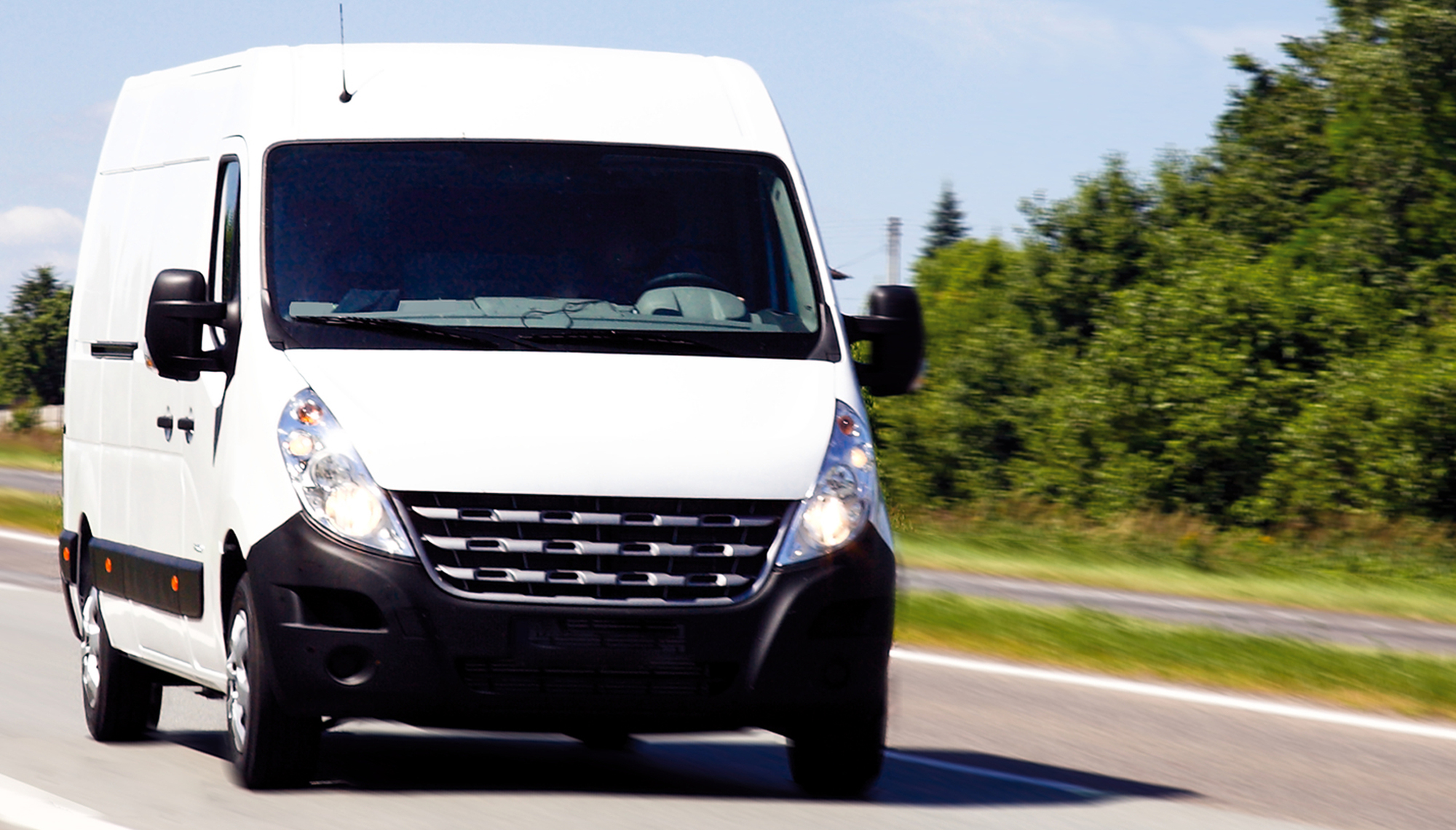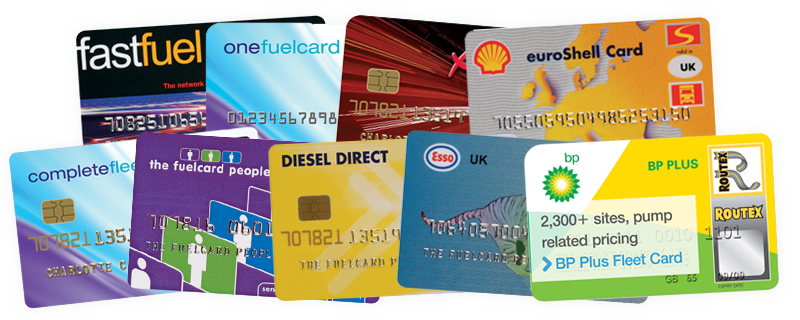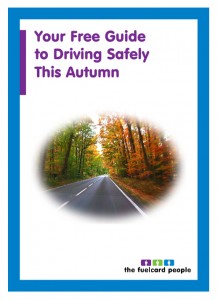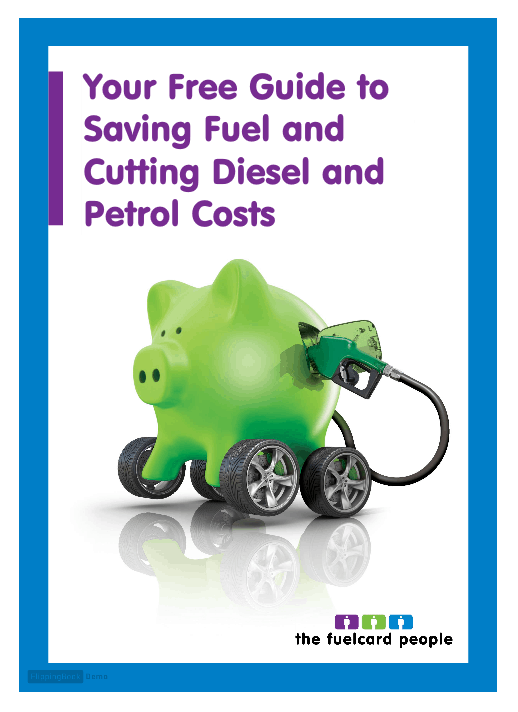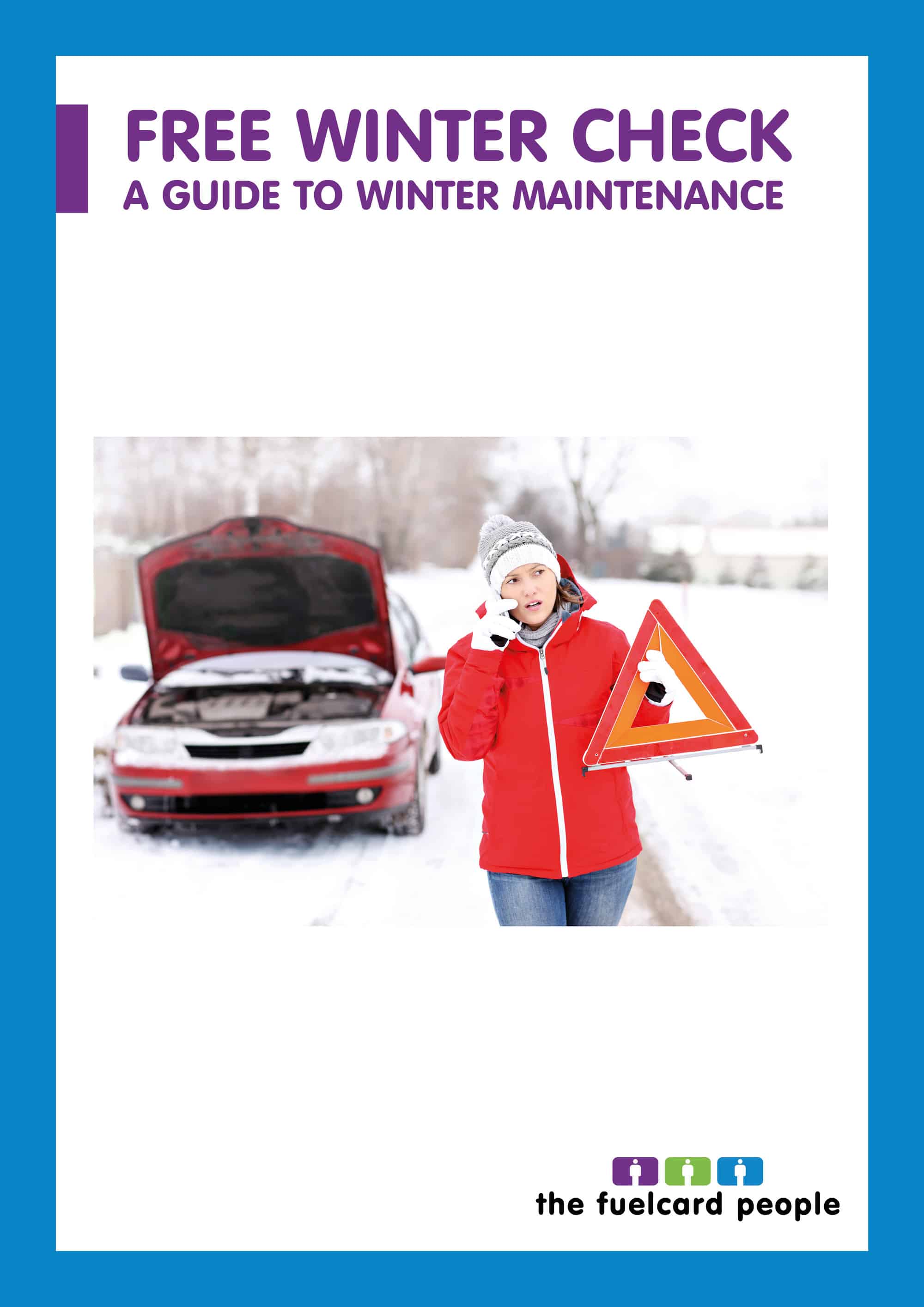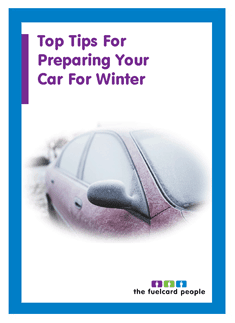Reactions will vary to the news that the UK van population is growing. The traditional pejorative comments about ‘white van man’ can be ignored, but any knee-jerking about more traffic delays will be all too well founded.
One reason for the increase in van usage is an observed clear shift away from HGVs for moving things around, particularly over shorter distances. The logic is compelling.
Consider a load of assorted goods, occupying 35 m3 and weighing five or six tonnes. This could be handled easily by a single HGV or two 7.5-tonne light trucks. If, however, this is a mixed load for customers at 50 different addresses locally, do not expect everything to arrive on the same day. Split the same load between four vans, though, and the drivers might finish by lunchtime.
Paying four van drivers for a morning is hardly going to be any more costly than paying one HGV driver for two days. Your four vans will cost rather less to buy than the truck. Cheaper, smaller, more manoeuvrable, fewer regulations and, increasingly important, lower emissions: vans do seem to have the edge.
It matters because the growth in online commerce is driving greater demand for road freight. It has taken well over a decade for the national van fleet to grow by a million to the current 3.4 million – but that total is likely almost to double during the next five years.
So, yes, there will be more travel delays – but not just because there are more vehicles using the same amount of tarmac. Vans may be more economical than trucks, but their relatively tiny tanks mean that they refuel more frequently. That means more forecourt demand and inevitable queuing. The queues will not just be for the pumps, though, but also to enter and leave the site. With inattentive drivers increasingly having to brake or switch lanes suddenly to make room for rejoining traffic, the accident rate risk is likely to rise significantly.
It would be beneficial for vehicles of all types to get through the refuelling process and back onto the road as quickly as possible. With another 2.5 million vans about to use our roads by 2020, we should all cross our fingers and hope that the drivers are carrying fuel cards.
Steve Clarke, group marketing manager for The Fuelcard People, is well positioned to comment, with many years’ experience in the refuelling sector. He said, “You would expect the leading name in fuel cards to have an obvious interest in this, but the facts are simple. There will be another 2.5 million vans on our roads by 2020, so getting vehicles of all sorts through forecourts as quickly and efficiently as possible will be crucial. If they are using fuel cards and saving money at the same time, that can hardly be a bad thing.”
The Fuelcard People provides cards that allow commercial road users to refuel at a fixed weekly price, available at thousands of locations throughout the country. This means a typical discount of up to 4p per litre on pump prices, with even bigger savings on the motorways. Its cards can be used at BP, Esso, Shell and Texaco filling stations, on the Diesel Direct and UK Fuels networks and on supermarket forecourts.





